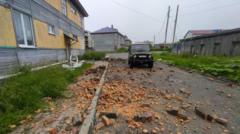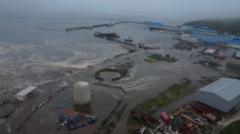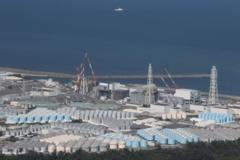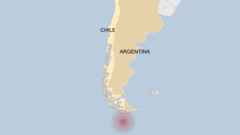The recent 8.8-magnitude earthquake in Russia's Kamchatka Peninsula raised concerns of a catastrophic tsunami. However, an analysis of pre-existing environmental conditions, early warning systems, and the specific geological characteristics of the quake contribute to an understanding of why the tsunami was less severe than expected.
Resilience Against Tsunami Threat After Massive Russian Earthquake

Resilience Against Tsunami Threat After Massive Russian Earthquake
Despite an 8.8-magnitude earthquake in eastern Russia, the anticipated tsunami damage remained minimal due to various mitigating factors.
The Kamchatka Peninsula in eastern Russia recently experienced an 8.8-magnitude earthquake, one of the strongest ever documented. Interestingly, the feared tsunami, which typically follows such seismic events, has not resulted in extensive damage. The earthquake struck at 11:25 local time (00:25 BST) and prompted a mass evacuation in coastal regions due to similar past tragedies, such as the devastating tsunamis in the Indian Ocean in 2004 and Japan in 2011.
The Peninsula is situated in the "Pacific Ring of Fire," an area known for frequent earthquakes and volcanoes. The region is characterized by tectonic activity, where the Pacific plate converges with the smaller Okhotsk microplate, leading to megathrust earthquakes. This type of earthquake results from the gradual buildup of friction along tectonic plate boundaries, which can be suddenly released, causing significant seismic events.
In the case of the Kamchatka quake, tsunami waves reached heights of 4 meters (13 feet) in certain areas, far lower than the towering waves seen in previous tsunamis. The magnitude of tsunami waves is influenced by various factors, including the seabed's local topography and the shape of the coastline where it breaks. Early assessments noted the earthquake's epicenter was located about 20.7 kilometers (12.9 miles) beneath the surface, a depth that could potentially reduce tsunami amplitude, although this remains undetermined.
Moreover, advancements in early warning systems have played a vital role in mitigating potential disaster impacts. Countries along the Pacific coast have established tsunami detection networks that swiftly disseminate warnings, allowing populations to evacuate well before the waves reach shore. This initiative stands in stark contrast to the 2004 Boxing Day tsunami, which struck without warning, resulting in a catastrophic loss of life.
As scientists continue to monitor the region, the Geophysical Survey of the Russian Academy of Sciences remains vigilant for potential aftershocks, which may persist for weeks following such a significant seismic disturbance. While experts acknowledge the unpredictability of earthquakes, the combination of superior preparedness protocols and the geological characteristics linked to this recent quake likely contributed to the limited tsunami impact observed.




















